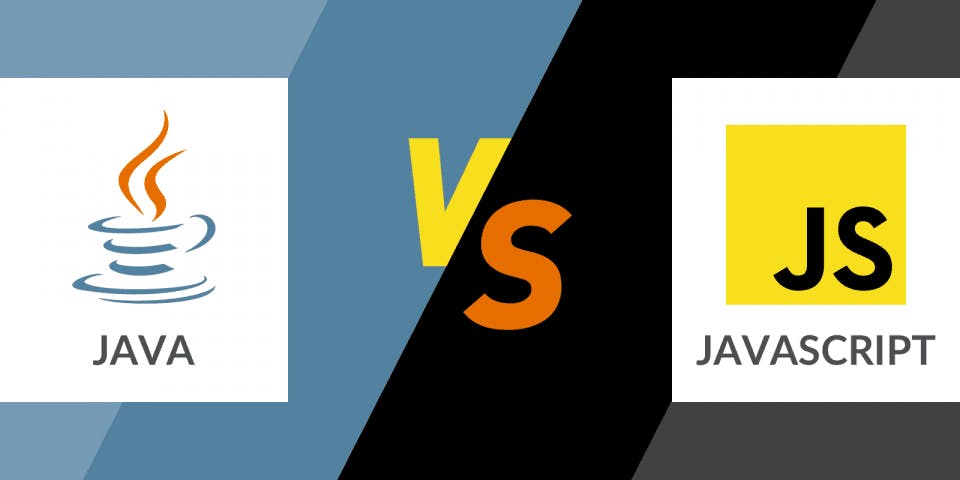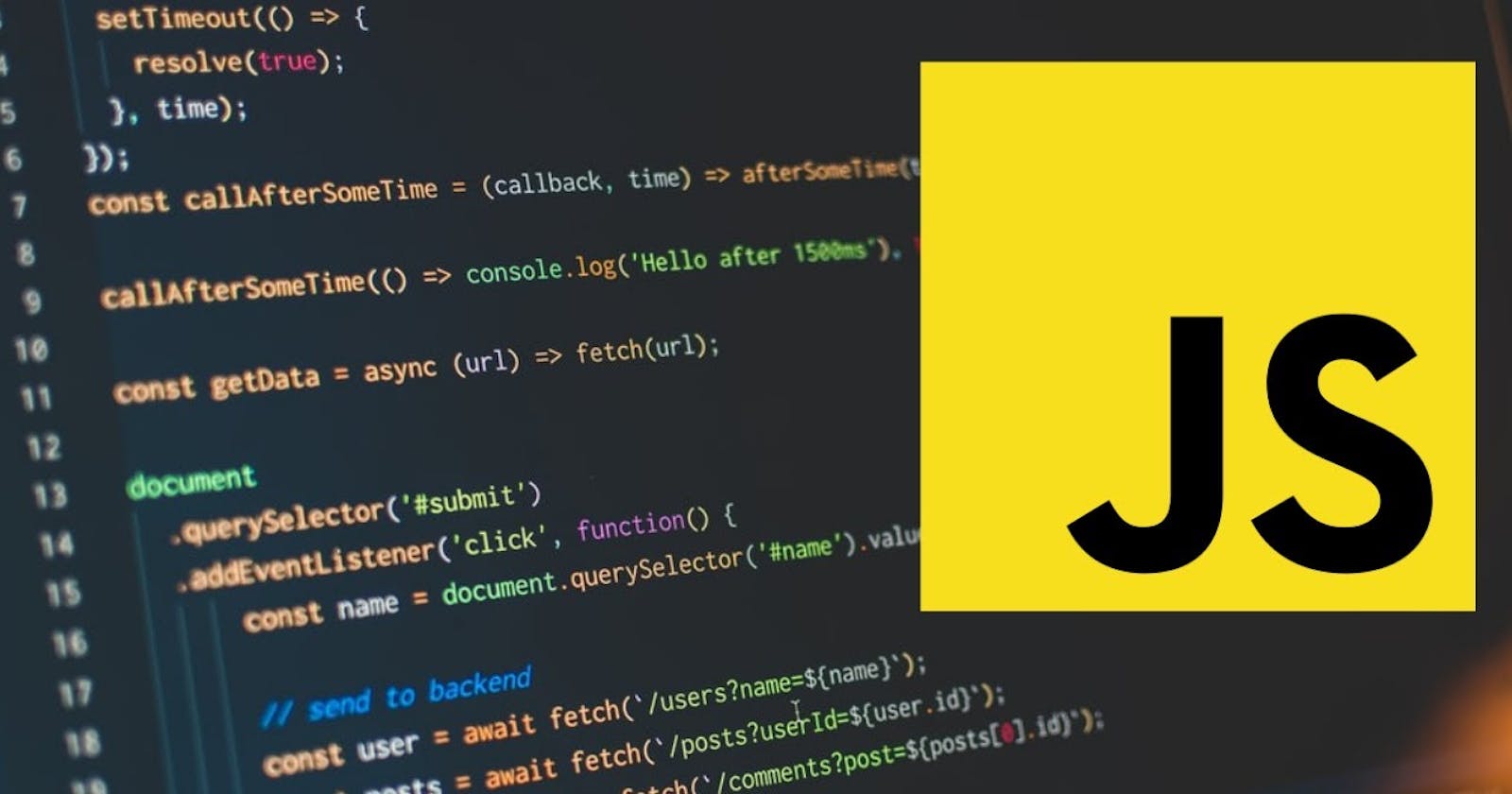JavaScript is a high-level programming language which is commonly used for creating web pages. It is a multi-paradigm language which supports event-driven, functional, and imperative programming styles. Created by Brendan Eich in 1995, JavaScript was initially inspired by "Java", "Scheme" and "Self" programming languages.
Used by 95% of all the websites, JavaScript is one of the most popular programming languages in the world. It is also one of the core technologies of the World Wide Web. All major web browsers have a dedicated JavaScript engine to execute the code on the user's device.
Features of JavaScript

JavaScript conforms to the ECMAScript specification.
The ECMAScript standard does not include any input/output (I/O), such as networking, storage, or graphics facilities. In practice, the web browser or other runtime system provides JavaScript APIs for I/O.
Most of the features mentioned below are common to all conforming ECMAScript specifications.
Imperative and structured
Structured programming is a programming paradigm aimed at improving the clarity, quality, and development time of a computer program.
JavaScript supports much of the structured programming syntax from the C language. It contains both functional and block scoping and makes a distinction between expressions and statements. It also supports automatic semicolon insertion, which allow semicolons (which are placed to indicate the termination of statements) to be omitted from the code.
Weakly typed
Weakly-typed languages are languages in which variables are not bound to a specific data type. Specifically, they still have a type, but type safety constraints are lower compared to strongly-typed languages. JavaScript, PHP and C are examples of Weakly-typed languages.
Dynamic typing
Dynamically-typed languages are those where the interpreter assigns variables a type at runtime based on the variable's value .
JavaScript is dynamically typed like most other scripting languages (such as PHP, Perl, and Python). In JavaScript, a type is associated with a value rather than an expression. For example, a variable initially bound to a number may be reassigned to a string. JavaScript supports various ways to test the type of objects, including duck typing.

Delegative
In object-oriented programming, delegation refers to evaluating a member of one object in the context of another original object .
JavaScript supports both implicit and explicit delegation.
Whereas explicit function-based delegation does cover composition in JavaScript, implicit delegation already happens every time the prototype chain is walked in order to find a method that might be related to but is not directly owned by an object. Once the method is found it gets called within this object's context. Thus inheritance in JavaScript is covered by a delegation automatism that is bound to the prototype property of constructor functions.
Run-time environment
JavaScript typically relies on run-time environment to provide the ability to include/import scripts and for methods by which scripts can interact with the environment. Most of the time, these environments are single-threaded.
JavaScript processes messages from a queue one at a time. It calls a function associated with each new message, creating a call stack frame with the function's arguments and local variables. The call stack shrinks and grows based on the function's needs. When the call stack is empty upon function completion, JavaScript proceeds to the next message in the queue.
Variadic functions and Regular expressions
An indefinite number of parameters can be passed to a function. The function can access them through formal parameters and also through the local arguments object.
JavaScript also supports regular expressions by providing a concise and powerful syntax for text manipulation that is more sophisticated than the built-in string functions. This method is quite similar to the Perl programming language.
Java vs JavaScript

Although there are multiple similarities between JavaScript and Java, including language name, syntax, and respective standard libraries, the two languages are distinct and differ greatly in design.
To begin with, Java is a compiling language and JavaScript is an interpreted scripting language. Also, these two languages run in a different manner . Java code is compiled into bytecode and run on Java Virtual Machine. In addition, Java develops applications that can also run on browsers. On the other hand, JavaScript is interpreted directly by a browser in the syntax in which the code has been written. Also, applications made using JavaScript can run on a browser only.
JavaScript is primary used for making web apps more interactive and creative. It also renders help in creating animations in HTML. However, Java applications are used in a number of places which include, Android applications, creation of the desktop applications and development of banking and financial apps.
Applications of JavaScript
As mentioned earlier, JavaScript is used by 95% of all the websites. But what exactly does it contribute to the websites?
JavaScript lets you add behavior to the web page where the page responds to actions without loading a new page to request processing. It enables the website to interact with visitors and execute complex actions. In other words, it makes the website dynamic in nature.
JavaScript is also used to create some high profile web applications. For example, take Google Maps. If you want to explore a map in Google Maps, all you have to do is click and drag with the mouse. You will see the part of the map that is less detailed and then fills itself in. That’s the work of JavaScript behind the scene.
With the advent of Node.js a few years ago, JavaScript made its way from the browser into the server. Since then Node is adopted by major companies such as Wal-Mart, as a key part of back end infrastructure.
With the addition of HTML5 canvas, the level of complexity that is possible in the browser-based games has increased exponentially. There are even browser games that teach us programming. Unsurprisingly, JavaScript has made its place here as well.

Popular smartwatch maker Pebble created Pebble.js, a small JavaScript framework that allows a developer to create an application for the Pebble watches in JavaScript.
JavaScript can also be used to build an application for non-web contexts. In other words, JavaScript can be used to create Mobile Apps. Mobile devices are now the most popular way to access the internet. What this means is all of the websites should be responsive.
Features such as "Word Suggestion in Search Box" and "Instant Update of Information" are also written in JavaScript.
Is JavaScript worth learning ?
As alredy mentioned in this article, JavaScript is the foundation of almost everything you see on the Internet.
Once you’ve mastered JavaScript, the possibilities are endless: you can code on the client-side (frontend) using Angular and on the server-side (backend) using Node.js. You can also develop web, mobile, and desktop apps using React, React Native, and Electron, and you can even get involved in machine learning.
JavaScript is arguably the most popular programming language in the world, so it’s no wonder that it’s one of the most sought-after skills in the web development industry today. Learning it will definitely be worth your time and energy.

